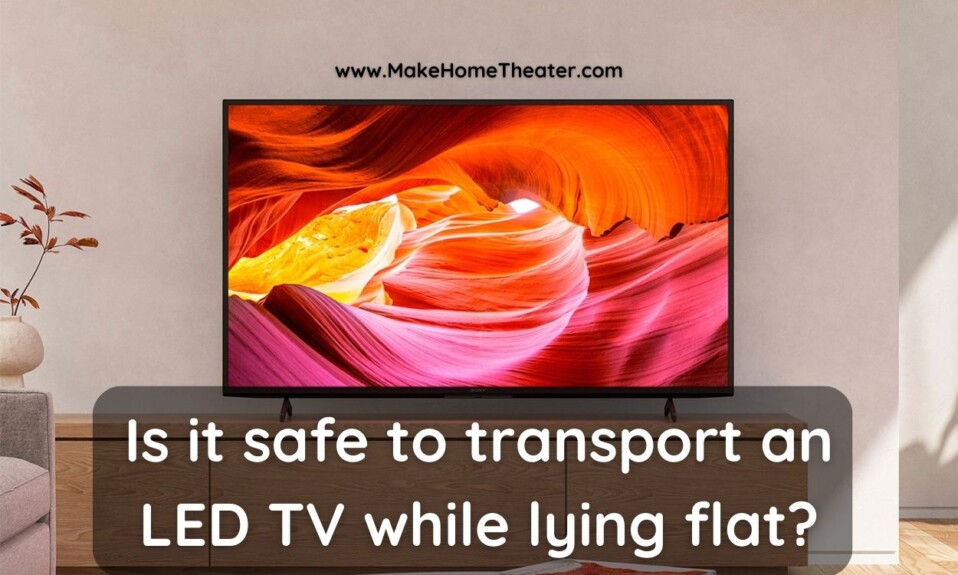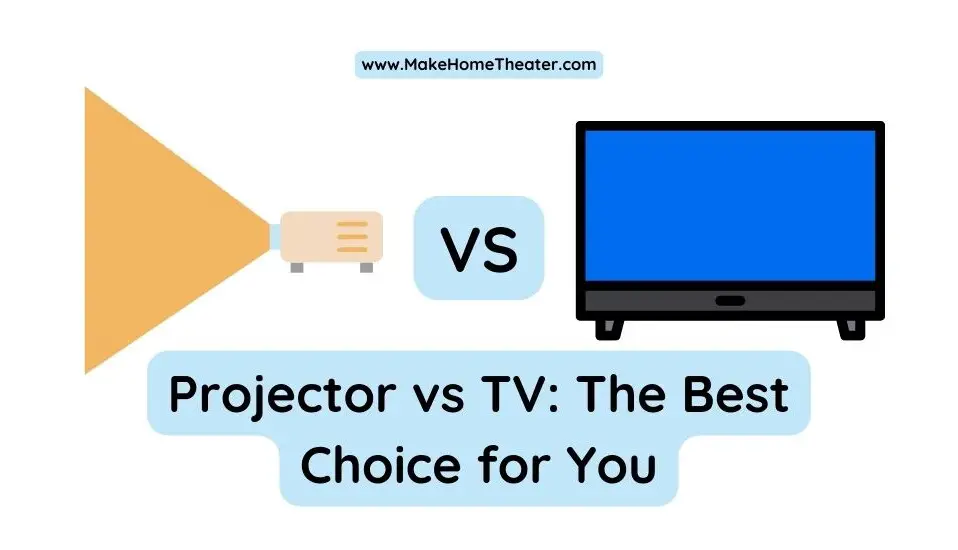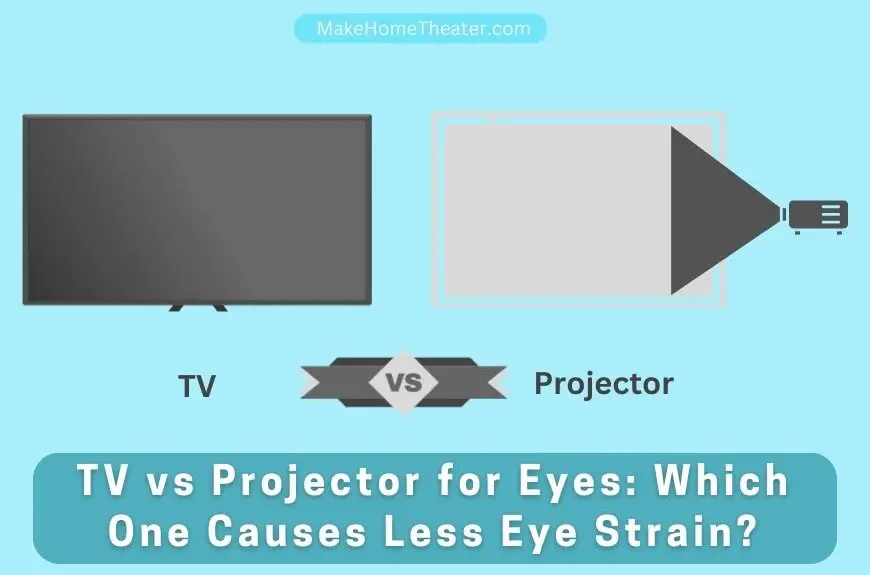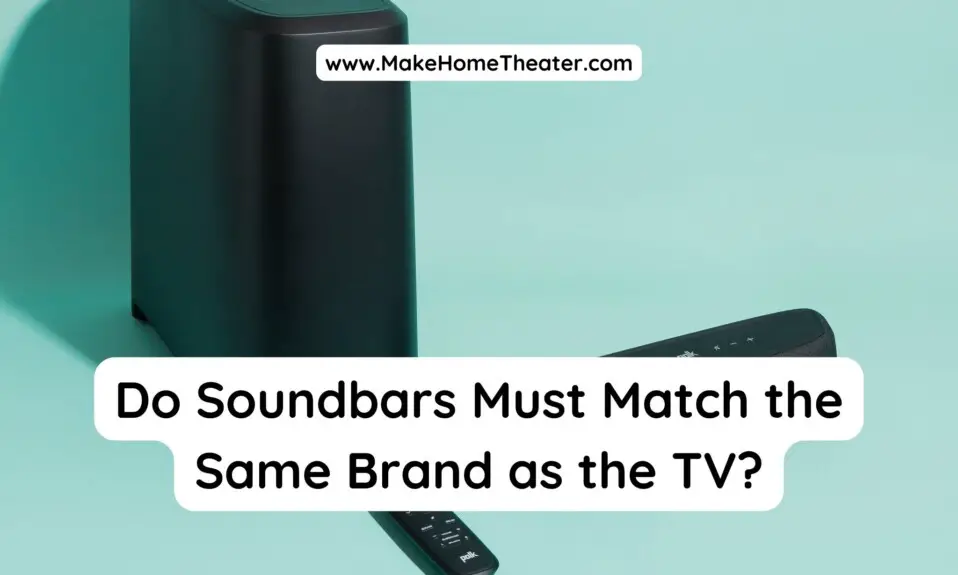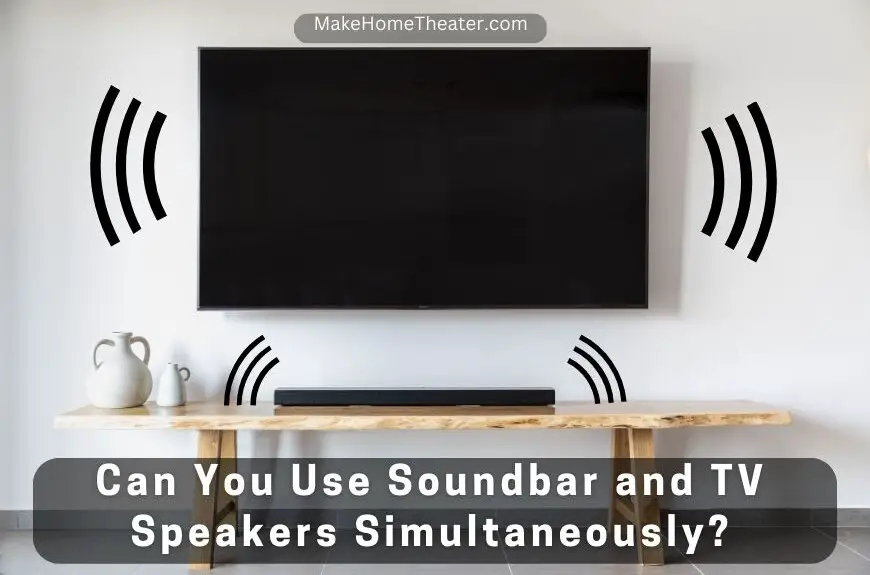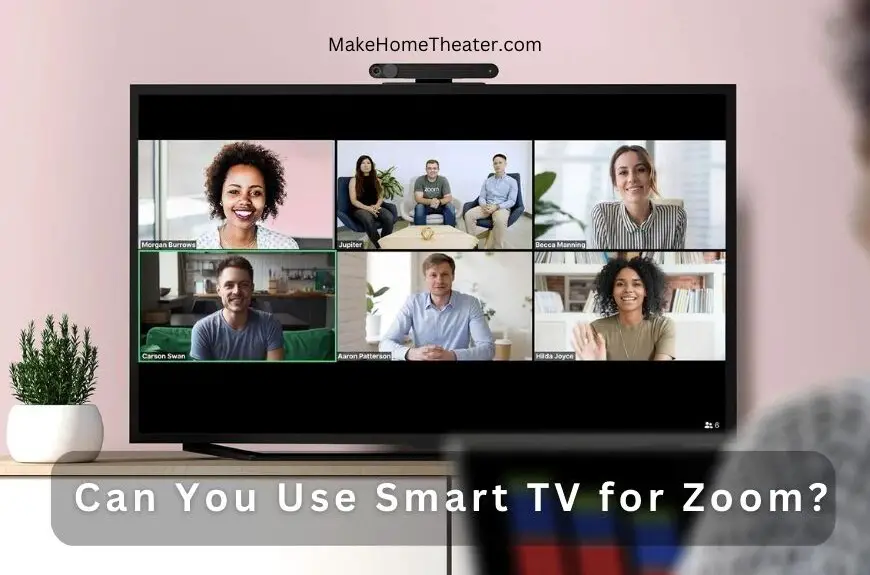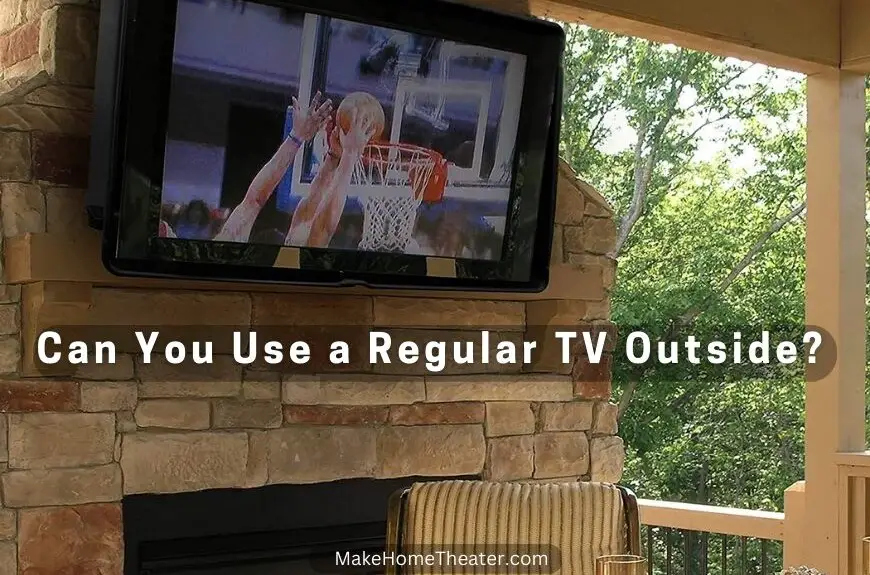Investing in an LED TV is highly recommended due to its superior power efficiency, brighter displays, better contrast, and overall efficiency compared to standard TV types. While shopping for a TV, considering an LED TV is a wise choice. However, proper transportation of the TV is crucial as well.
During transportation, laying the LED TV flat is not recommended because the screen is not designed to support its own weight. Even if it’s only for a few minutes, never transport it this way. Doing so could cause the screen to crack or warp.
Moreover, if you lay the LED TV flat during travel, any bumps or vibrations from the car could severely damage the screen. The ideal way to transport the TV is by sitting it upright on the back seat. If the TV is larger, you can pop the back seats down and lean it against the wall.
When purchasing the TV, the sales associate can assist you in securing it in your car. However, paying close attention is essential since no one cares about your belongings more than you do.
Table of Contents
What distinguishes LED TVs from other types of TVs?
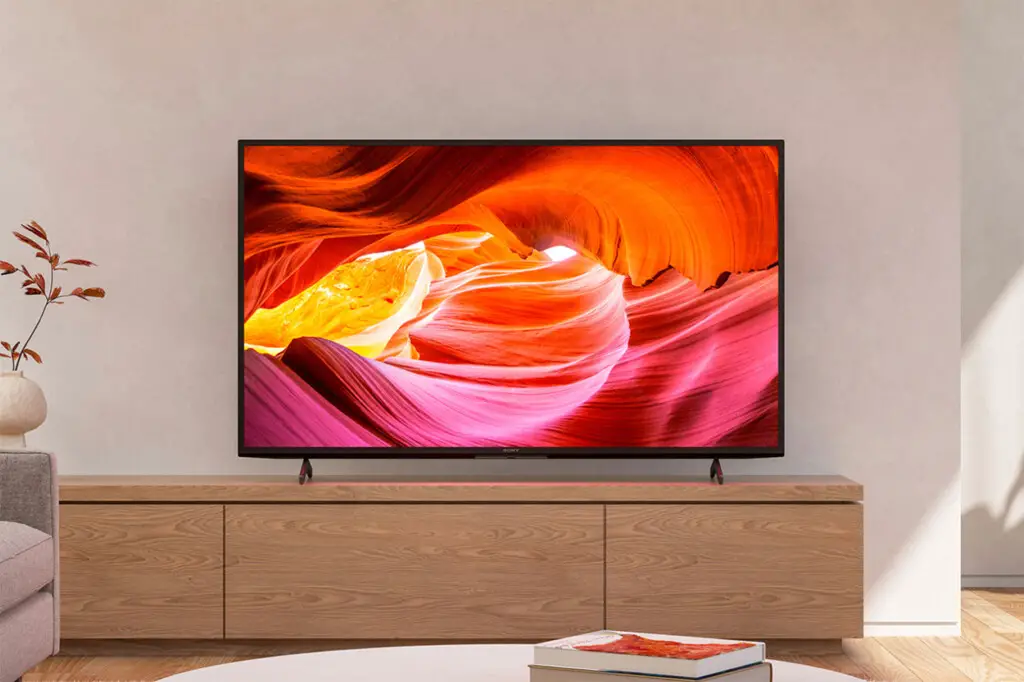
The key difference between LED and regular TV is how they produce light. While a regular TV such as an LCD model uses fluorescent tubes to light up the screen, an LED TV employs light-emitting diode bulbs. These bulbs are small enough to be placed behind and around the screen, resulting in a richer image and less pixelation.
Interestingly, LED lighting has been reported to be more beneficial to the eyes compared to LCD lighting, but it’s still recommended to use both in moderation. However, according to Dr. David Ramsey from Harvard University, there isn’t much difference in terms of health consequences since most devices that use LED lights don’t produce enough blue light to harm the retina. The same goes for regular TVs.
The Advantages of an LED TV
An LED TV (on Amazon) is an attractive option due to its longer lifespan compared to standard TVs. This is because LED TVs use less power, resulting in less stress on the internal components. As mentioned earlier, LED TVs produce sharper and crisper pictures due to the small lights placed behind the screen, which is not the case with standard TVs.
The viewing angle of LED screens has also dramatically improved over time. While transporting an LED TV may be a challenge, it’s a great option if you plan on having movie marathons due to its enhanced picture quality and energy efficiency. It’s worth noting that different TV types may require different transport methods.
How does the structure of a TV indicate the appropriate method of transportation?
Each TV has a different structure, requiring different transportation methods. For instance, you cannot transport a flat-screen TV the same way as a box TV from 1998. Thus, it is vital to identify the type of TV and transport it accordingly, while also protecting your home theater equipment (as detailed in our guide).
If you are transporting a flat-screen TV, you must keep it upright to prevent any damage during the move. However, a box TV may be transported in any position without harm. Therefore, it is essential to understand the type of TV you are dealing with and transport it in the best way possible.
Flat-screens are designed for use vertically, so you must transport them the same way. By keeping the TV upright, you can prevent any damage to the internal components and ensure its safe arrival at its destination.
What Could Happen if you Transport Your TV Flat?

Transporting a flat-screen TV flat could result in severe consequences. Even though it may seem like a good idea, it is not advisable to transport your flat-screen TV in a horizontal position for more than a few minutes.
Laying your flat-screen TV flat can result in the warping of your screen from the angle you put it at or can crack the front of the screen. The bumps and vibrations from the car can cause the interior pieces of the TV to move more than usual, resulting in damage.
The weight of the interior components against the screen can cause irreparable damage, as flat-screens are not designed to handle anything heavy. These screens are so thin that they are only meant to be used vertically at all times. Therefore, to prevent any harm to your flat-screen TV, it is vital to keep it upright during transportation.
How Should You Transport Your TV?
When transporting a flat-screen TV, always keep it upright to prevent damage. Carefully carry the TV and place it vertically in the back of your car. You can cushion it between two seats with pillows or use a blanket to protect the screen.
Prevent the TV from toppling over during transportation, as this can damage the screen. If you find it challenging to keep the TV stable, use straps to keep it propped up vertically. Bubble wrap is an excellent option for protecting vulnerable products while in transit. You can also use the box the TV came in if you’re frequently on the move. However, keeping the box is usually unnecessary for an extended period.
Should You Get Your LED TV Delivered?
When buying a brand new TV, getting it delivered can be a great option to ensure that it arrives at your home in good condition. The trucks used for delivery usually have straps, and the TV is typically placed in a protective box to prevent any damage during transport. If you are concerned about how to transport your TV from the store to your house, this could be one of the best options.
If you are using a moving company to transport your TV, they are likely to be familiar with the best methods for doing so. However, if you are unsure about their transportation method, you can suggest a few tips to ensure that your TV arrives safely. In general, it may be best to consider hiring someone to deliver your TV for you.
If you choose to use a delivery service, it is important to make sure they are aware of the need to keep the TV box upright during transport. Failure to do so could result in a damaged TV. Geeksquad is one option to consider when buying electronics, as they offer delivery and installation services for TVs and other electronics.
Can You Get Insurance on an LED TV?
When purchasing a new TV, the sales associate may ask if you would like to purchase a warranty or insurance. This can be a useful addition if you are concerned about mechanical, power, screen or sound failure. In fact, it is highly recommended if you are worried about such issues.
However, it is essential to note that warranties typically do not cover accidental damage, such as damage caused during transportation. If you are concerned about the transportation of your new TV, it is advisable to take additional precautions, such as using a surge protector.
Before purchasing a warranty, it is recommended that you confirm with the sales associate the exact coverage provided by the warranty. It is essential to note that every case is unique and the warranty may not cover everything you expect. Therefore, it is crucial to have a clear understanding of the warranty’s terms and conditions before making any decisions.
Conclusion
LED TVs are currently one of the most popular TV options available. They are highly sought after due to their ability to provide an exceptional home viewing experience. If you are currently in the market for a new flat-screen TV, an LED TV may be the best choice for you.
With many different options and sizes available, it is important to consider your personal preferences and the intended use of the TV before making a purchase. This will ensure that you get the best TV that fits your specific needs.
Once you have decided on the TV that you want, it is important to consider how to safely transport it home. Before making the purchase, ensure that the TV will fit properly in your car. If you are planning to buy a bigger TV, it may be necessary to consider using a delivery service for a small fee.


